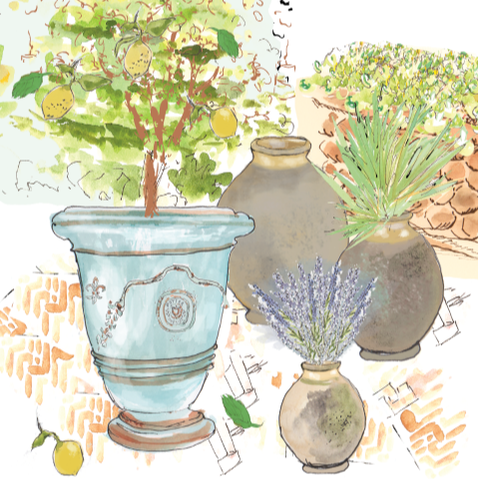|
For centuries shutters have adorned everything from small pied-à-terres in Paris to the Maison Bourgeois of local villages. Opened or closed, solid or louvered, these colorful painted shutters known as volets or volets battants (to distinguish them from roll down shutters called volets roulants) remain a defining feature of French architecture — adding beauty and charming details to the windows (and doors) of homes and buildings in villages and cities from the North to the South of France. Rue de l'Abreuvoir, one of the oldest and most historic streets located in the Grandes-Carrières district of the 18th arrondissement of Paris
3 Comments
Unlike the strictly decorative vases d'Anduze we discussed in the previous post (Part 1) that served no real purpose during the 17th and 18th centuries except to bring joy and beauty to the homes and gardens of those lucky enough to afford them, the famous earthenware jarres de Biot did in fact serve a utilitarian purpose. Before the beautiful earthenware jarres de Biot became popular as jarres pour le jardin, they were originally used to store grains and flour and were later used to preserve and transport olive oil. Jarres de Biot, Cote d'Azur Villa
I miss France, Provence in particular. Traveling in the footsteps of Van Gogh and Cézanne to discover the unexpected, stopping for a picnic lunch and a glass of rosé along the roadside, and snapping selfies in a field of sunflowers with the hot yellow sun beating down sounds dreamy right now. Summertime in Provence is especially beautiful — with its gardens, meadows, and even forests filled with a profusion of colorful blooms. But there’s something magical about the gardens of Provence. Classic or contemporary, cottage or formal, these fairytale-like gardens conjure up scents of fragrant lavender and citrus, sounds of babbling brooks and bubbling fountains, and sights of tree lined paths and manicured shrubs and mazes. Layered with pea gravel or crushed limestone and filled with vases d’Anduze and jarres de Biot, they seamlessly connect the inside to the outside.
For centuries, earthenware vessels were a standard in French kitchens, especially those in the South of France where the weather was much warmer. Charming, yet utilitarian pots, jars, jugs, and bowls, with their bright, beautiful glazes, were once used to preserve everything from duck and geese to jams and oils; collect milk for the making of cream and cheeses as well as for rinsing vegetables and washing dishes; for serving water or wine in the home and the fields.
|
Mimi Montgomery
When this self-described Francophile is not reading or writing about all things French, she's dreaming up charming new ways to showcase Lolo French Antiques et More or traveling to France with Lolo to buy delightful treasures for their store. Mimi, Lolo, and their new French Bulldog, Duke, live in Birmingham, AL. Archives
May 2024
Categories
All
SHOP ALL |
~ NEW SHIPMENT HAS ARRIVED!! ~
- HOME
-
SHOP ALL
-
NEW SHIPMENT
-
EXPLORE
-
ALLEZ ALLEZ
>
- DELIGHTFUL DO'S The 2024 New Year List
- DELIGHTFUL DO'S The 2023 Fall List
- DELIGHTFUL DO'S The 2023 Summer List
- DELIGHTFUL DO'S The 2023 Spring List
- DELIGHTFUL DO'S The 2022 Holiday List
- DELIGHTFUL DO'S The 2022 Fall List
- DELIGHTFUL DO'S The 2022 Summer List
- DELIGHTFUL DO'S The 2021 Fall List
- DELIGHTFUL DO'S The 2021 Summer List
- DELIGHTFUL DO'S The 2021 Spring List
- DELIGHTFUL DO'S The 2021 New Year's List
- DELIGHTFUL DO'S The 2020 Holiday List
- DELIGHTFUL DO'S The Spring List
- DELIGHTFUL DO'S The New Year's List
- DELIGHTFUL DO'S The Holiday List
- A TO Z GLOSSARY
- BLUEPRINT >
- FÊTES & FOLLIES >
- FRENCH TRADITIONS
- LOLO LOVES
- MEDIA MENTIONS
- TESTIMONIALS
- THREE FRENCH HOUNDS
- TIMELINE >
- TRAVEL >
-
ALLEZ ALLEZ
>
- ABOUT
- SALE
- BLOG
- 🔎 SEARCH
- HOME
-
SHOP ALL
-
NEW SHIPMENT
-
EXPLORE
-
ALLEZ ALLEZ
>
- DELIGHTFUL DO'S The 2024 New Year List
- DELIGHTFUL DO'S The 2023 Fall List
- DELIGHTFUL DO'S The 2023 Summer List
- DELIGHTFUL DO'S The 2023 Spring List
- DELIGHTFUL DO'S The 2022 Holiday List
- DELIGHTFUL DO'S The 2022 Fall List
- DELIGHTFUL DO'S The 2022 Summer List
- DELIGHTFUL DO'S The 2021 Fall List
- DELIGHTFUL DO'S The 2021 Summer List
- DELIGHTFUL DO'S The 2021 Spring List
- DELIGHTFUL DO'S The 2021 New Year's List
- DELIGHTFUL DO'S The 2020 Holiday List
- DELIGHTFUL DO'S The Spring List
- DELIGHTFUL DO'S The New Year's List
- DELIGHTFUL DO'S The Holiday List
- A TO Z GLOSSARY
- BLUEPRINT >
- FÊTES & FOLLIES >
- FRENCH TRADITIONS
- LOLO LOVES
- MEDIA MENTIONS
- TESTIMONIALS
- THREE FRENCH HOUNDS
- TIMELINE >
- TRAVEL >
-
ALLEZ ALLEZ
>
- ABOUT
- SALE
- BLOG
- 🔎 SEARCH


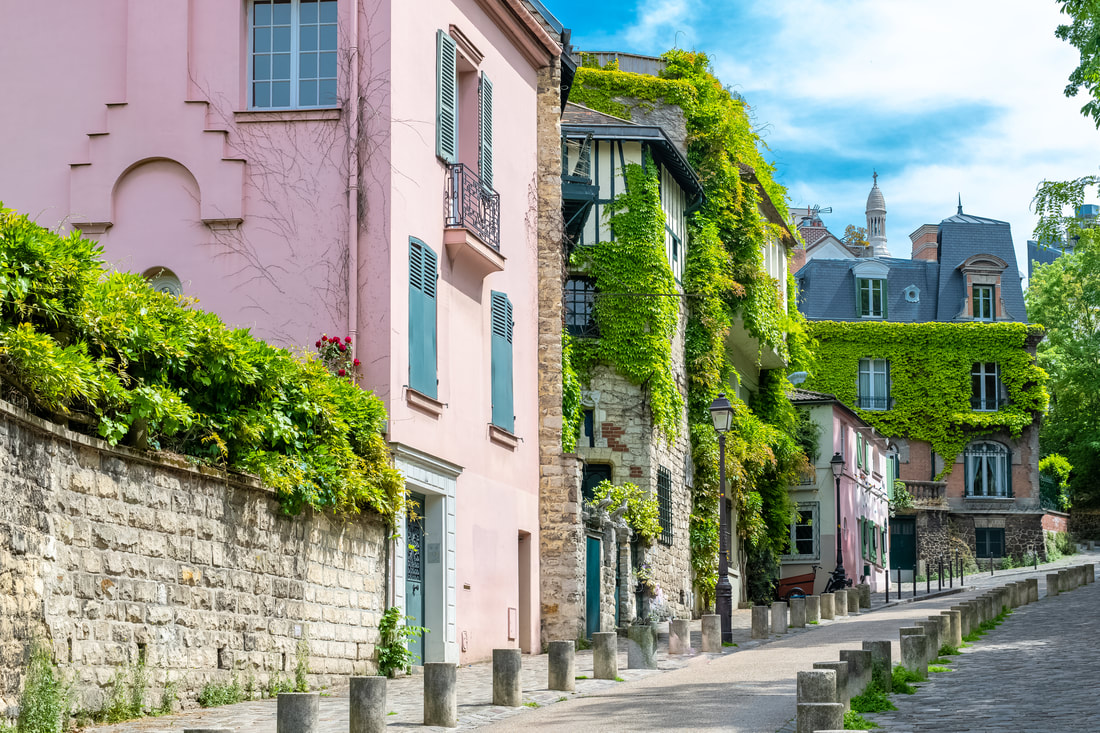
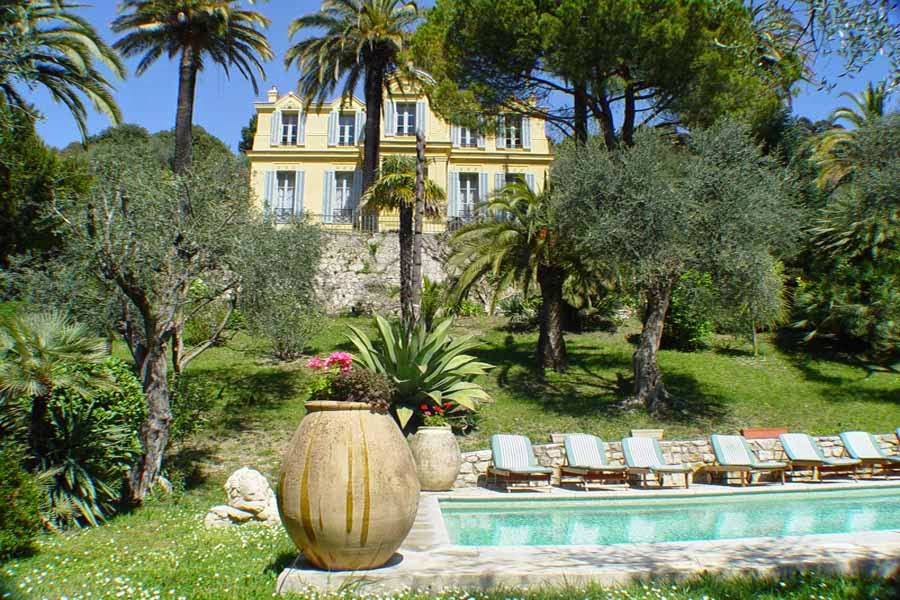
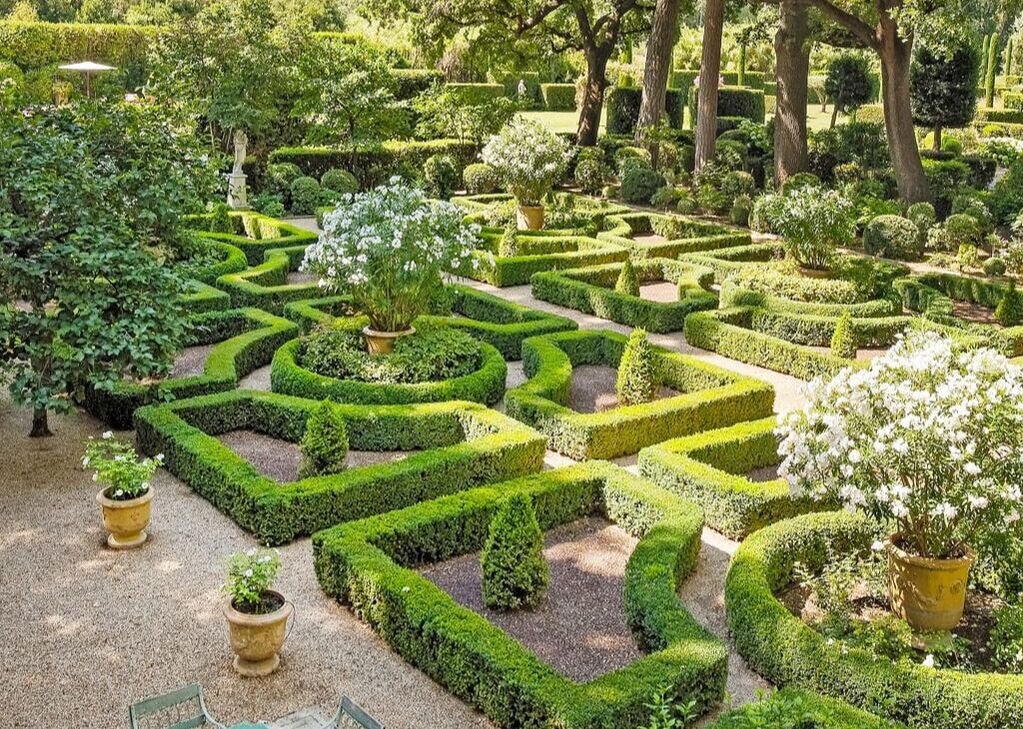
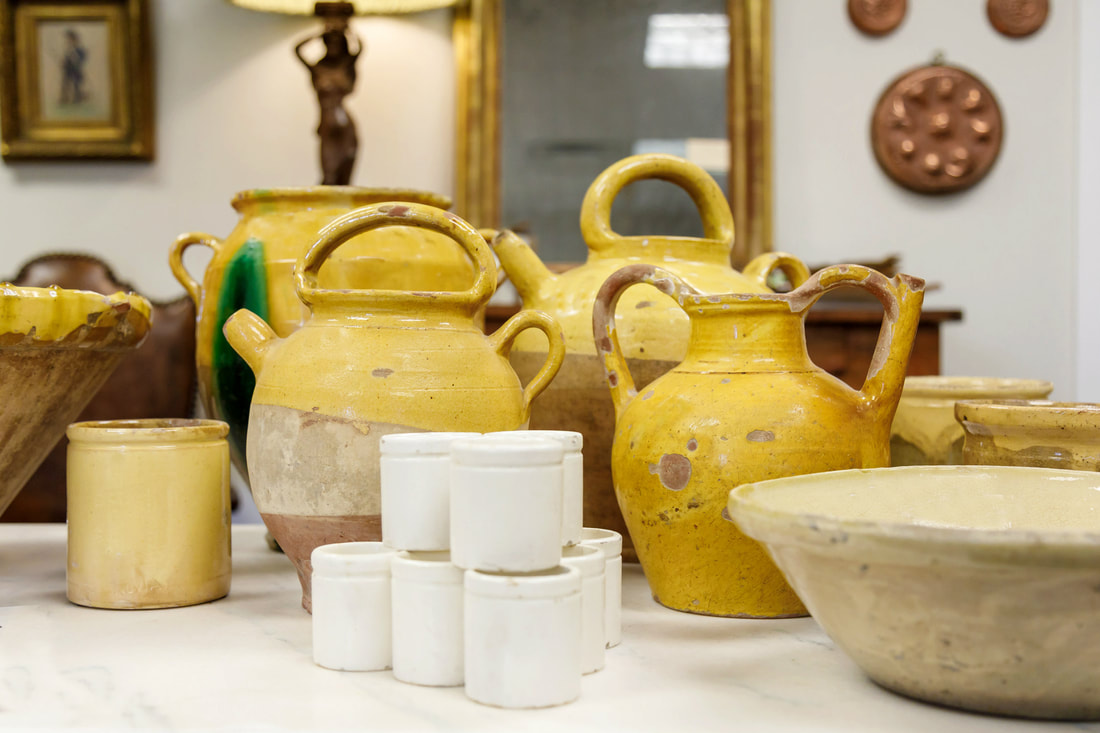


 RSS Feed
RSS Feed

